Noticeboards in school, hospital, student accommodation and public buildings often take up a significant proportion of available wall space, yet the materials they are made from are frequently overlooked in fire safety strategies, despite their use being subject to regulation.
Not all boards perform the same. Prevalent materials compatible with push pin displays include PET, gypsum, recycled cellulose fibre, cork, linoleum and wood fibre. All have their own distinct fire performance characteristics.
Of these materials, only three meet the minimum allowable Euro Class D fire performance classification for compliance with the Building Regulations. These are PET, recycled cellulose fibre and gypsum, and so these are the main focus of this article.
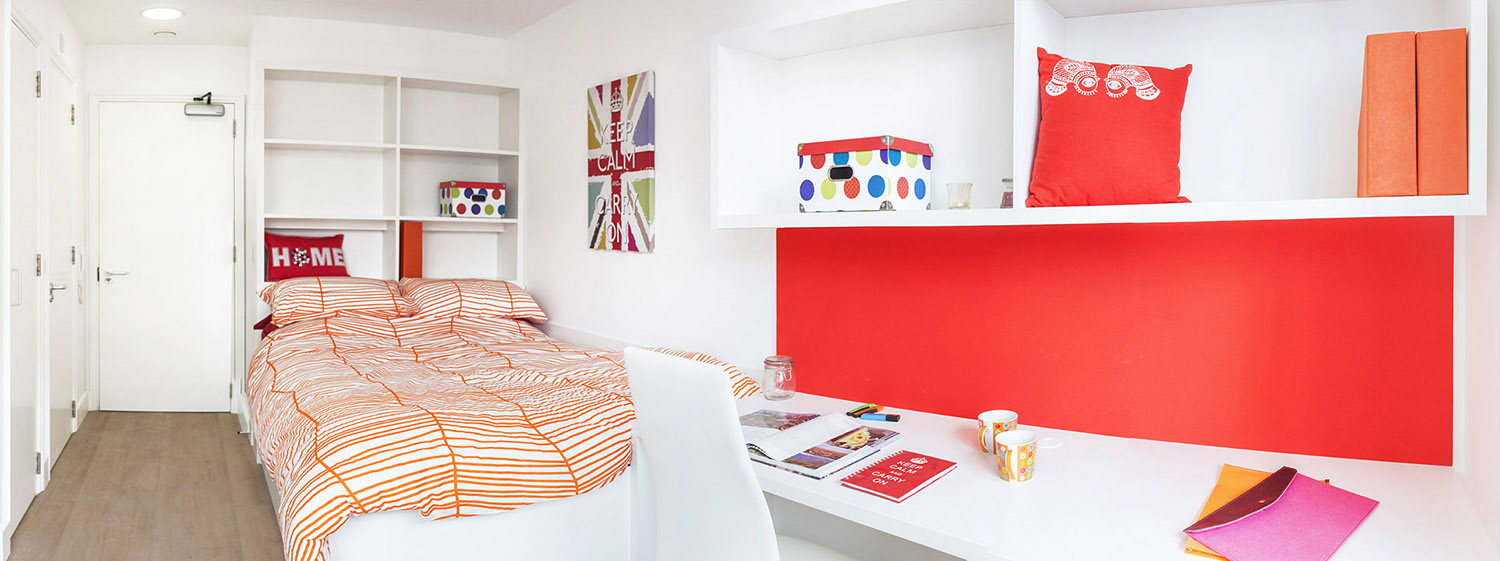
The requirements at-a-glance
The most widely used norm for classifying internal wall linings is the European standard EN 13501 (Fire classification of construction products and building elements, Part 1 - Classification using data from reaction to fire tests). As such, we refer only to the Euro Classes throughout and not the National Classes.
To be certified in accordance with EN 13501, materials are subjected to a series of tests that provide data on their response to fire, the rate and amount of smoke developed as well as burning particles produced. These are expressed as:
• Class (potential contribution of a surface lining to the development of a fire)
• ‘s’ (production of smoke)
• ‘d’ (production and persistence of flaming droplets).
The classes for satisfying the fire safety requirements of the Building Regulations as set out in the different guidance documents (e.g. BB100 and Approved Documents B) are summarised below:
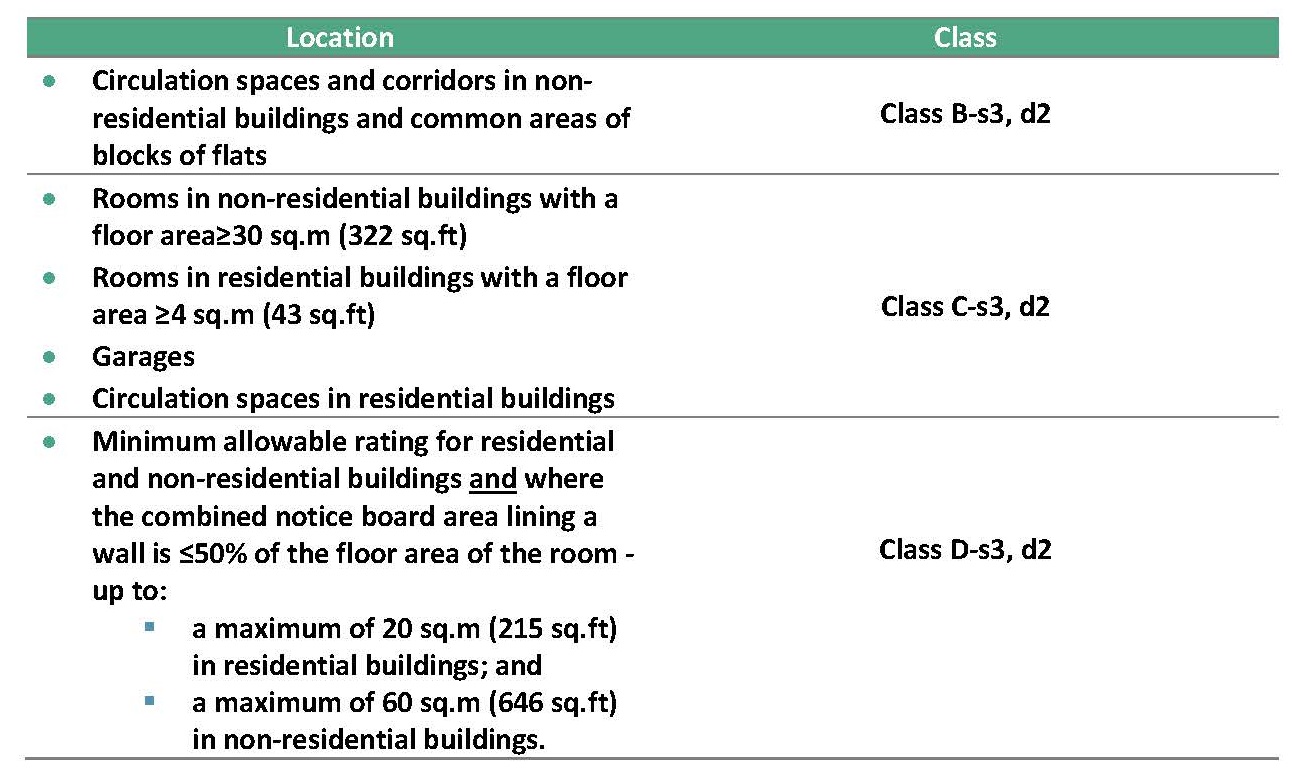
The guidance takes no account of the ‘s’ and ‘d’ parts of the European standard, but it would be prudent to consider smoke and burning droplet production. They are recognised as the primary dangers that can hinder evacuation during the early stages of fire.
As such, specifying materials that are s1, d0 rated may be more favourable than those with s2, s3, d1 or d2 ratings.
Cork, linoleum and wood fibre: a brief summary
We have not covered these in any great detail as for the most part, none meets the minimum standard set out above. This means they should not be used at all in certain areas, such as escape routes, common areas and corridors.
Cork - normally a thin veneer of composition granulated cork in agglomerate form with the lowest Class E rating. The cork is normally mounted on wood fibre insulation board, which itself is rated Class E, or alternatively a medium density fibreboard (MDF).
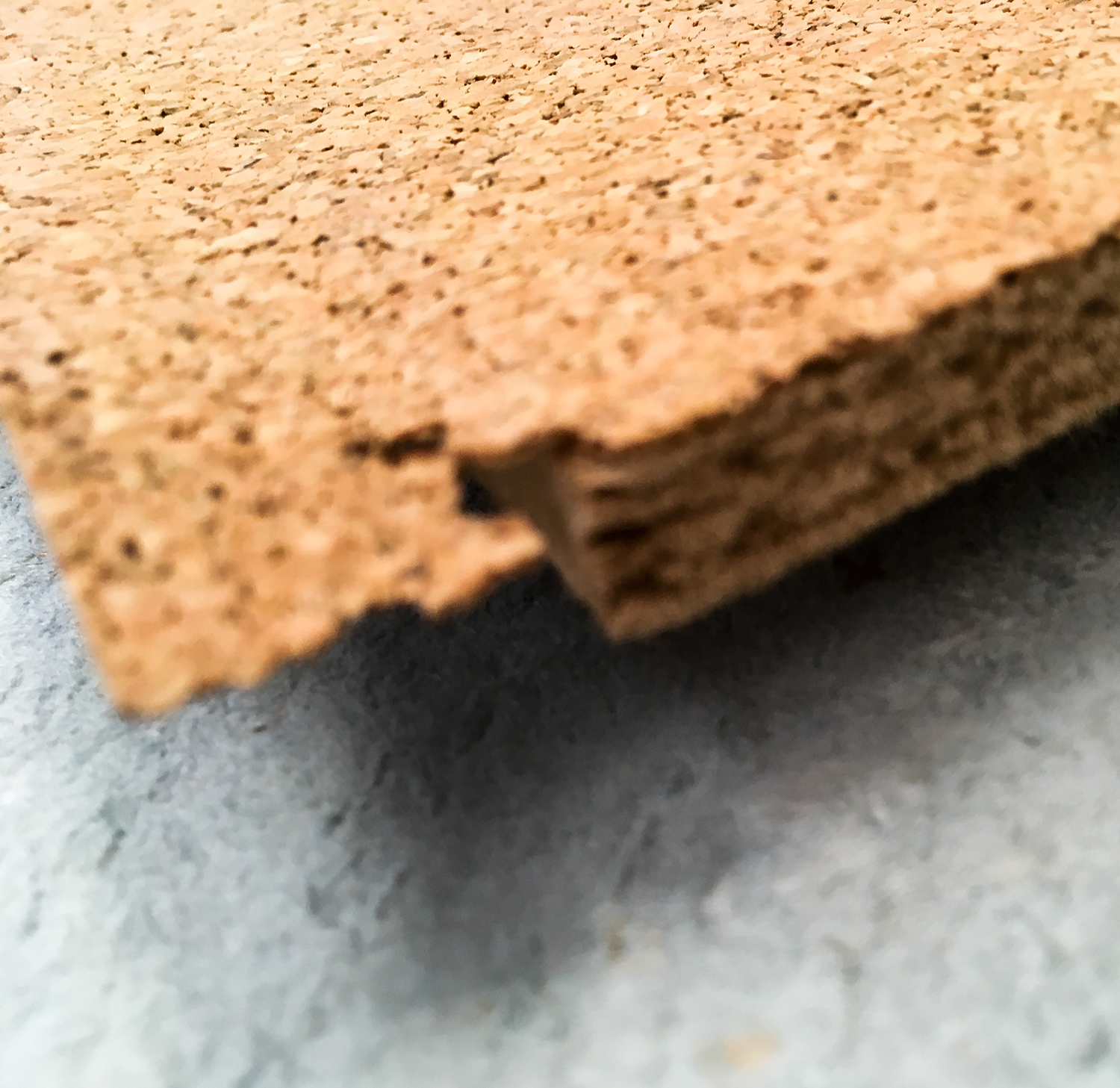
Image 1: Thin layer of cork laminated to a wood fibre substrate.
Linoleum - more readily associated with floor coverings, has no reaction to fire classification in accordance with EN 13501-1. As a sheet material it has to be applied directly to the wall or bonded to a carrier substrate such as MDF.
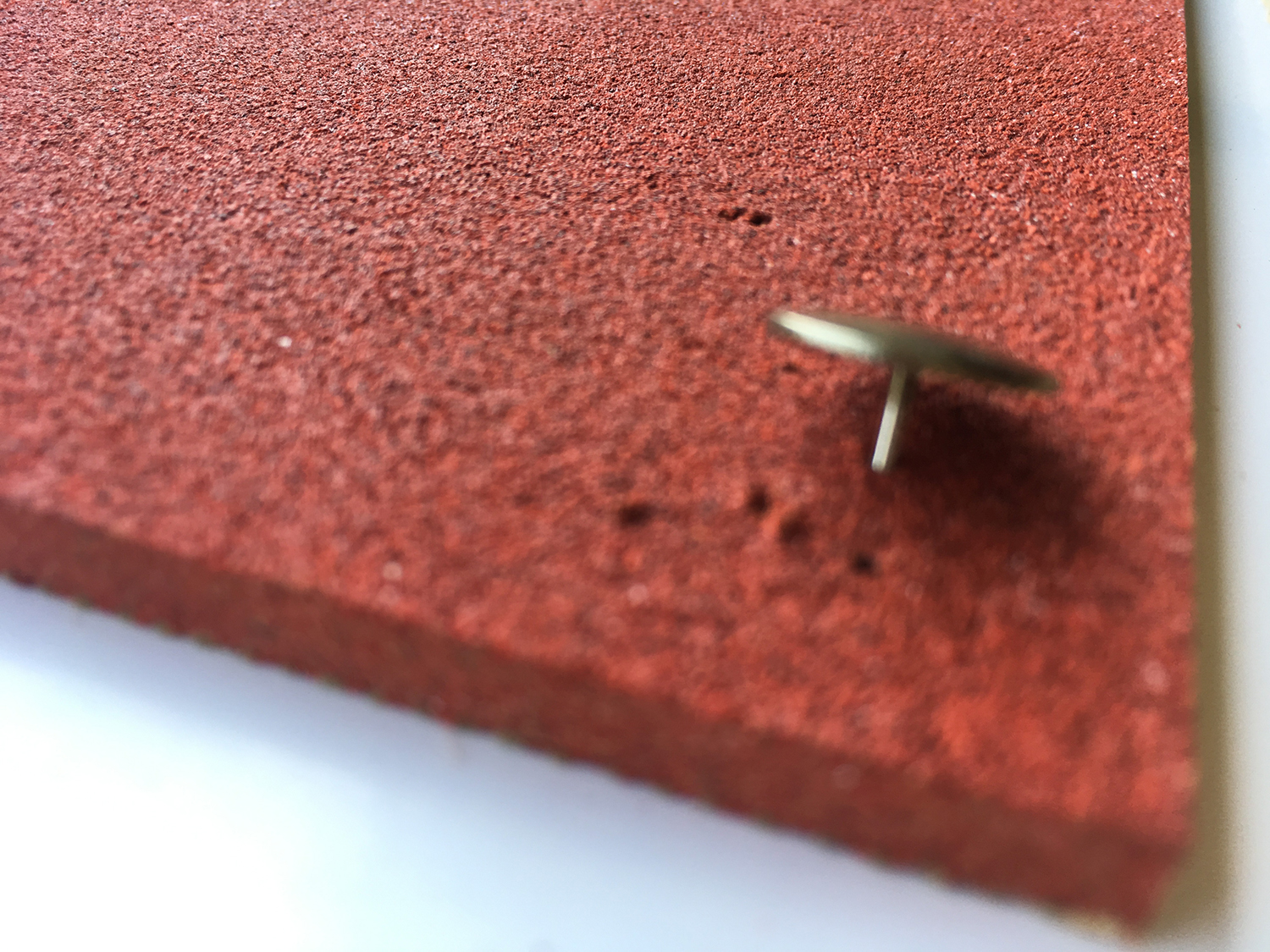
Image 2: Linoleum sheet covering.
Wood fibre insulation – as a board made of compressed virgin wood particles, it generally attracts a Class E rating. It is not impossible for it to pass a number of reaction to fire tests, especially if treated with a fire retardant or fitted with a textile covering, as is standard practice; but it is telling that manufacturers also actively market the material as 'candlewicks' and 'firelighters'.
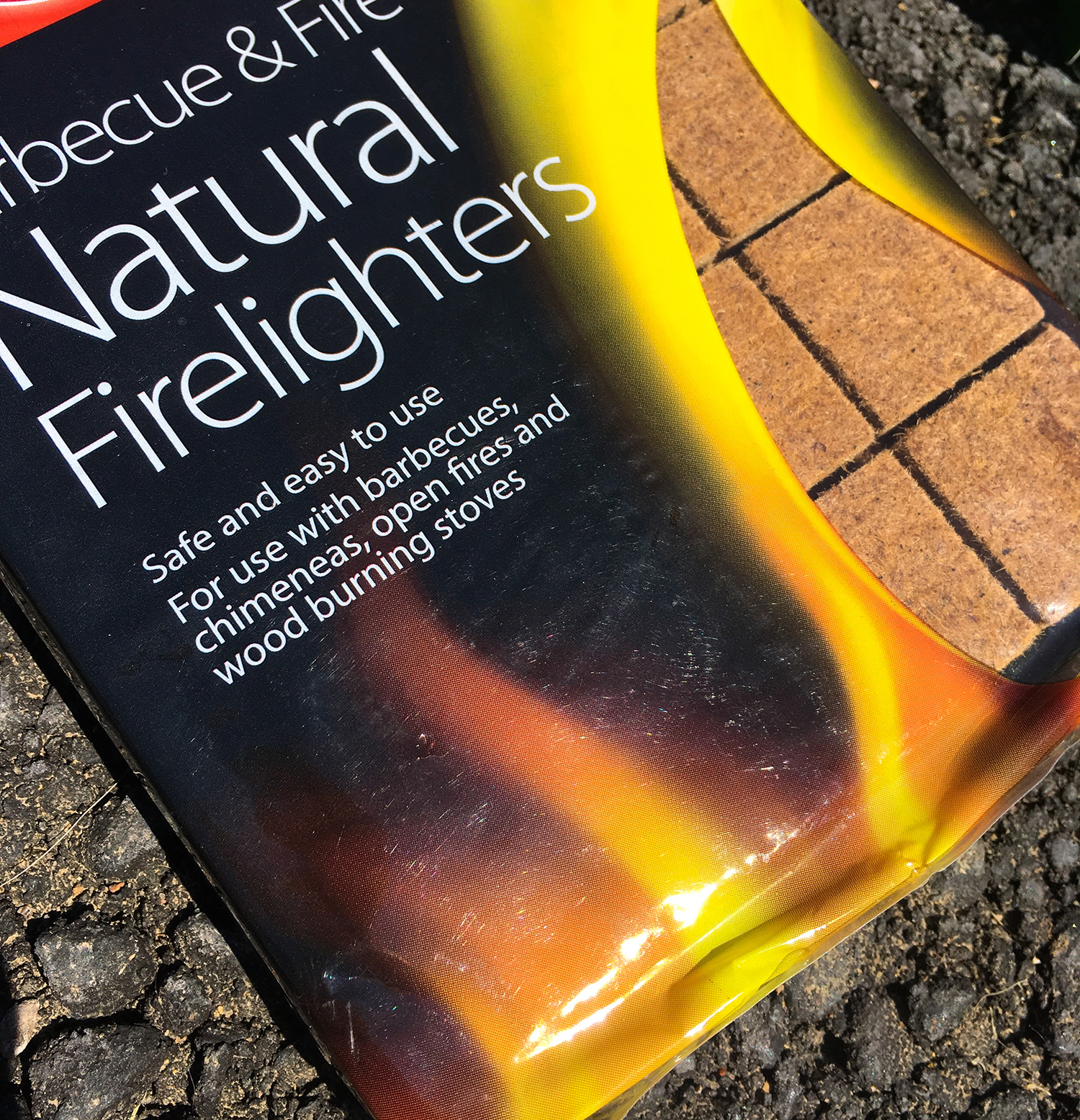
Image 3: An alternative use for wood fibre insulation board is firelighter material.
Gypsum, PET and recycled cellulose fibre
While these three materials are marketed as meeting the minimum permissible requirements, they perform differently when exposed to fire.
Here we concentrate on fire performance, but elsewhere we have compared their wider characteristics, such as aesthetics, durability and ease of installation. Contact us for a copy of the article.
Gypsum plasterboard
Calcined gypsum (hemihydrate) in panel form with the faces and long edges chemically and mechanically bonded to paper, which can be made fire-proof. The material is also known as drywall.
• Euroclass A1 rating without the need to be tested.
• ‘No contribution to fire’ as per European Commission Decision 94/611/EC
implementing Council Directive 89/106/EEC on construction products.
Gypsum plasterboard can be used freely inside any part of a building without having to consider the limitations associated with wall coverage in relation to floor area. Often, they are lining walls which are themselves made of the material.
Plasterboard noticeboards are not an unqualified success story however. They will generally have a supporting timber frame, as well as a textile covering to help aesthetics. These affect the fire performance of the overall product.
Additionally, gypsum plasterboard is not especially durable. Daily pinning and unpinning of notices will soon cause the plasterboard to crack and powder. This can be even more of a problem in high humidity ambient conditions, due to gypsum’s porosity. As a result it should only be considered for very light use or in areas of very high fire risk.
Fire Behaviour
Calcined gypsum is a totally inorganic material that is incombustible. Around 21% of the plasterboard’s composition is crystalline water. This evaporates when subjected to flame, cooling the surrounding area. The calcinated material left behind itself continues to provide an effective heat barrier.
Additionally, plasterboard generates no smoke or fumes. Putting aside its shortcomings as a pinboard material, it is a safe product to specify when fire safety is a key consideration.
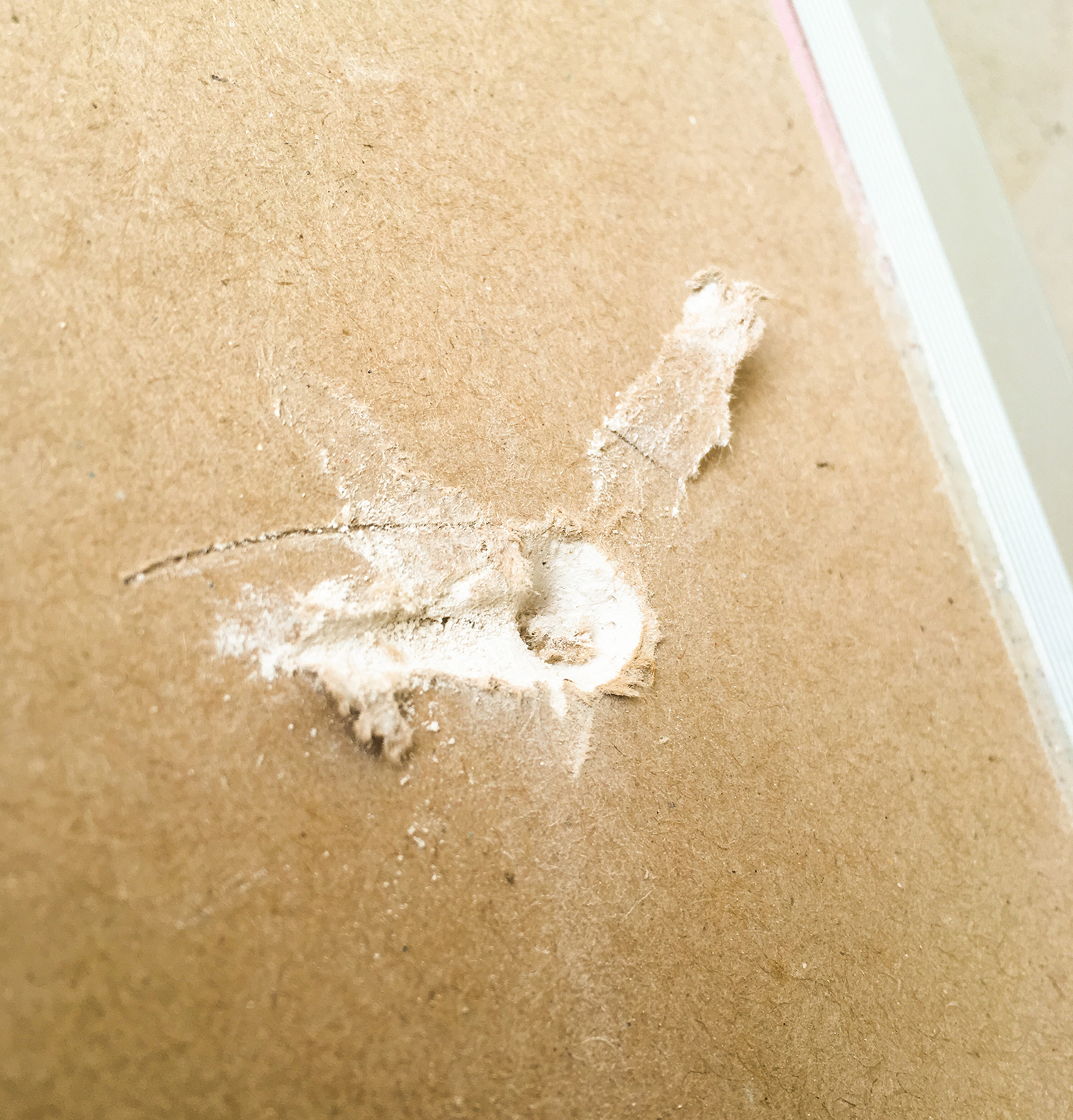
Image 4: Although gypsum plaster has a superior fire performance, it is ineffective for use as pin board.
PET (Polyethylene Terephthalate / Polyester)
Heat pressed non-woven thermoplastic polymer fibres are processed into rigid panel form to create pinnable noticeboards.
• Promulgated as Euro Class B-s1, d0
• Unrestricted usage in all defined areas of a building
Non-woven polyester boards generally comprise a mix of virgin polyester (vPET) and recycled polyester (rPET) in varying ratios. Much of the recycling processing activity occurs in Southeast Asia and the board manufacture in China. New Zealand is also a producer, but this tends to be for other building applications.
The fire resistance of fibrous PET is normally achieved by one of two methods. Flame retardant chemicals can be added to the molten polymer before fibre formation or during the fibre production stage. Alternatively, the fibres and finished PET panels may be dipped or coated in fire retardant chemical compounds.
Coated products may only provide short-term fire protection as indicated in Technical Guidance Document B – Fire Safety (2006). Here, Clause 2.0.6 specifically states that ‘surface treatment of linings is not, in general, a suitable method of achieving Class B-s3, d2’.
It is worth noting that the quality of recycled rPET can affect fire performance, with low-grade material faring worse. Virgin vPET is considered purer and, if flame retardants are added during the polymerisation process, is much more effective.
The issue here lies with the blend ratio of rPET to vPET. Some board manufacturers have intimated that the ratio of vPET to rPET in the mix can vary enormously on a day to day basis, as can the supply source of rPET pellets. This leads to inconsistency.
Fire tests have shown that products, even within the same batch or shipment, can perform very differently, suggesting that the gap between actual fire performance and claimed performance may be narrower or wider than assumed.
Of course, the greater the purity of rPET and the greater the volume of vPET, the more the product’s ‘environmental’ credentials are undermined. Both vPET production and rPET purification are resource-hungry affairs.
Fire behaviour
When PET board is inherently fire-retardant and of a high-grade composition, it performs as expected for a Class B-s1, d0 rated product in the reaction to fire tests. However, inferior boards when ignited drip and produce burning droplets and emit an opaque black smoke. All PET will melt and when a fire reaches flashover, every polymer will release roughly 20% of its weight as carbon monoxide, resulting in excess toxic smoke.
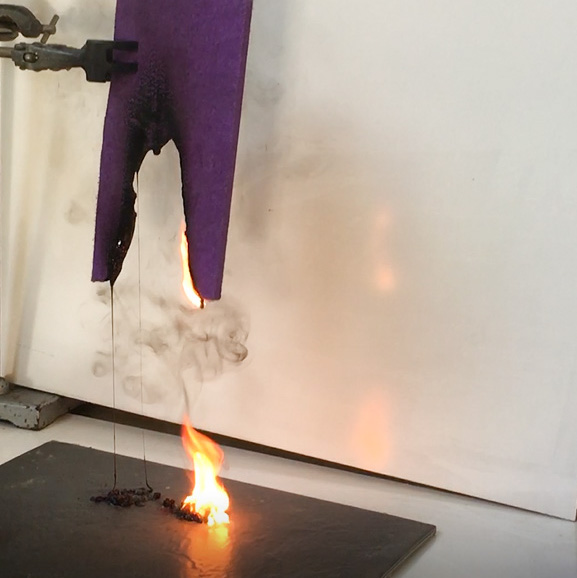
Image 5: PET is popular for interior use but as a synthetic polymer it has tendency to melt, drip and produce numerous flaming droplets.
Compressed recycled cellulose fibre
This type of rigid medium board is made in Britain from heat dried mechanically compressed recycled cellulose fibre wet-lap. The fibres are derived from British waste material such as newsprint, egg boxes and plant-based tea bags.
• Class B-s1, d0 and Class D-s2, d0 options.
• Class B boards can be used in all parts of a building without having to observe floor to wall surface area ratio limitations.
• Class D boards can be used freely in small rooms and restrictively in larger rooms but not at all in sensitive areas.
This proven noticeboard material was first used in the late 1800s and both the product and the fundamental manufacturing process has barely changed since. It offers a reliable and consistent fire performance.
The board is often used ‘standalone’, so there are no necessary additional materials such as substrates, supporting frames or covering cloths to muddy the fire performance waters.
The higher, Class B variant can be specified and installed in lobbies, receptions, corridors and social spaces with confidence.
Fire behaviour
Compressed recycled cellulose fibre board does not ignite easily, even though it is an organic, carbon-based material. When exposed to flame it chars, forming a barrier against oxygen from the air and decreasing the heat release rate. This slows the spread of fire.
Once ignited, the material will not melt, drip, produce innumerable flaming droplets or exude a thick black smoke. It self-extinguishes quickly.
It is important to note that fire ratings will vary from one product to the next, so always check with your supplier. Sundeala’s recycled cellulose fibre board has the specification colour-coded on the reverse face – red ink for Class B and black ink for Class D.
Summary
Sundeala Sales Director, Joanne Mulloy, says: “Fire performance, classification and compliance are all factors that can easily be overlooked when it comes to pin board materials. It is always worth giving more thought as to what is going on the wall depending on coverage, location and use. For example, a small pinboard in a large room will not pose as great a risk as a vast number taking up nearly all the wall space in a classroom. Checking things out need not be an onerous task.”

Image 6: Joanne Mulloy, Sales Director, Sundeala.
